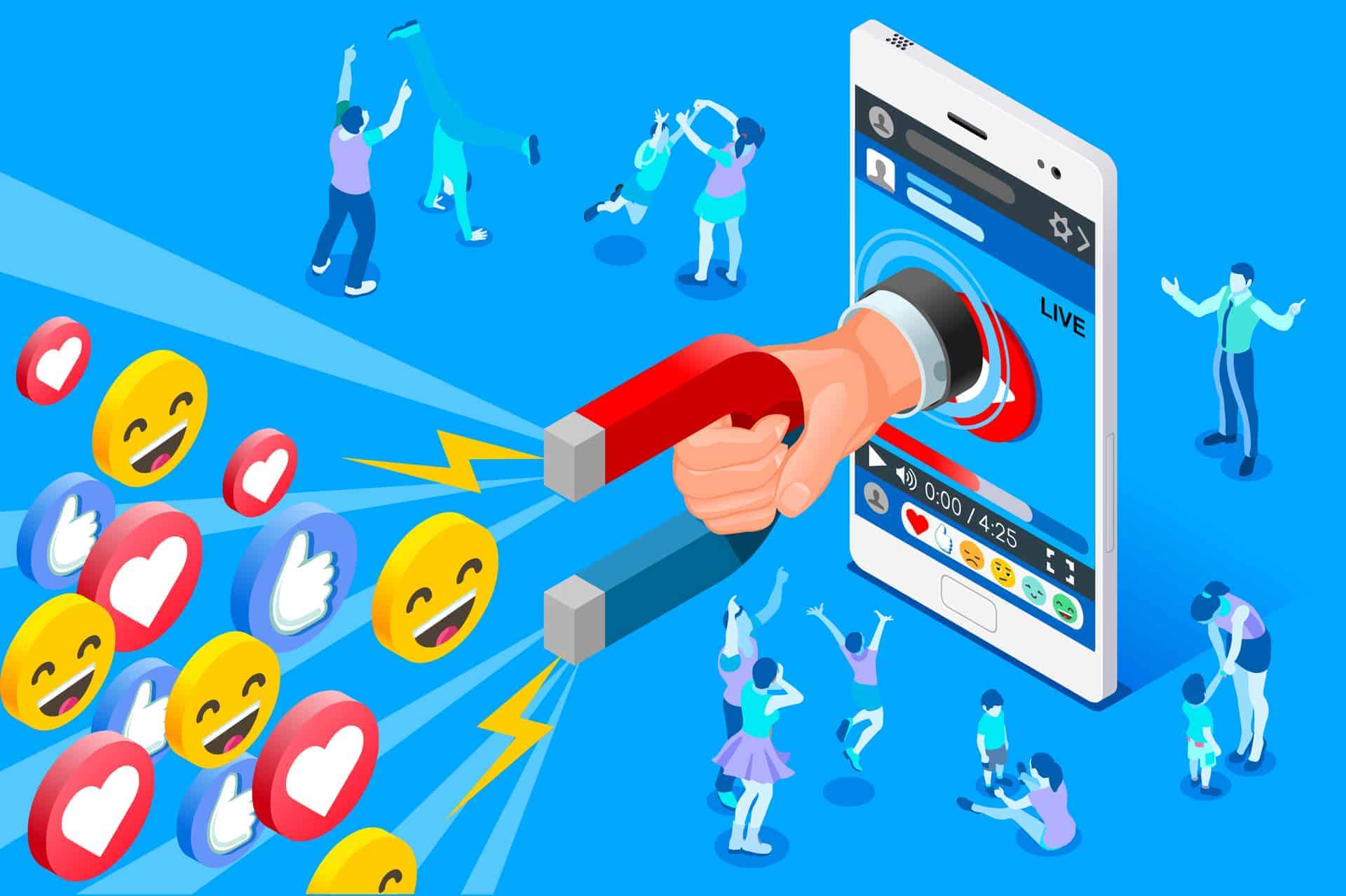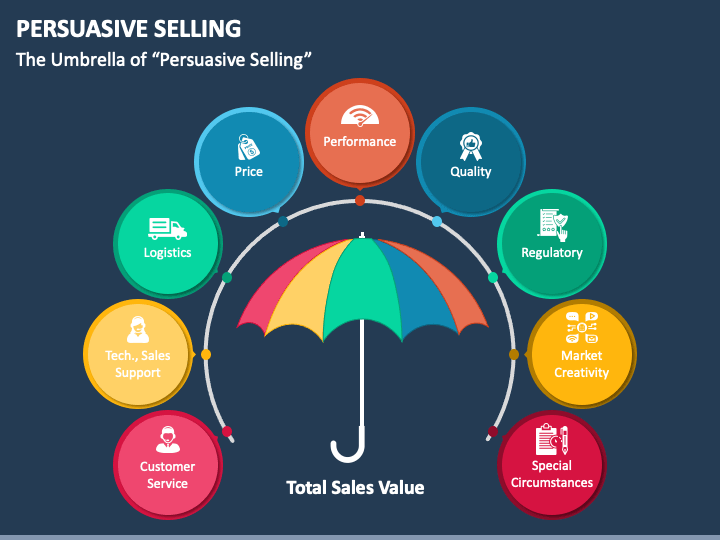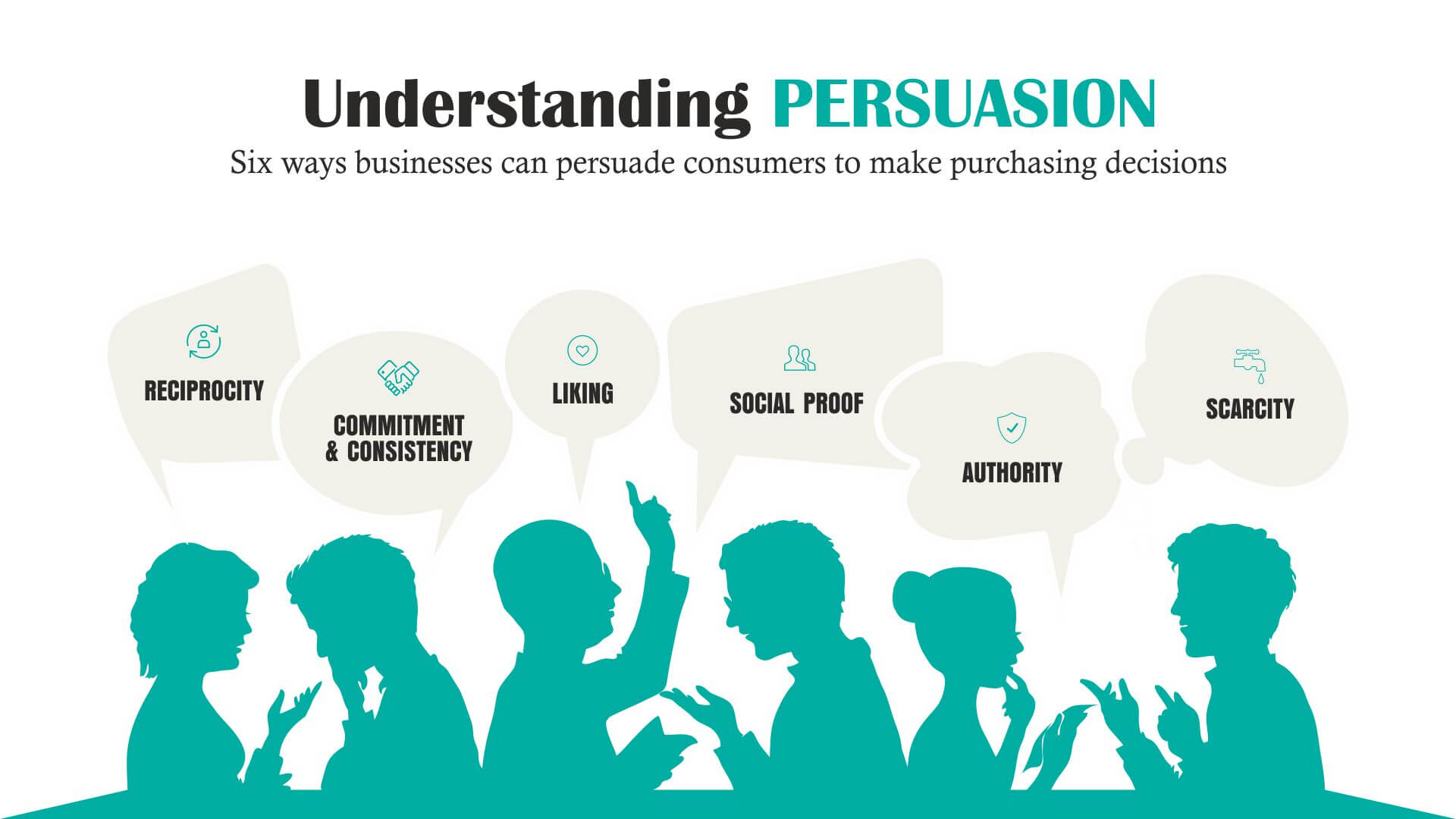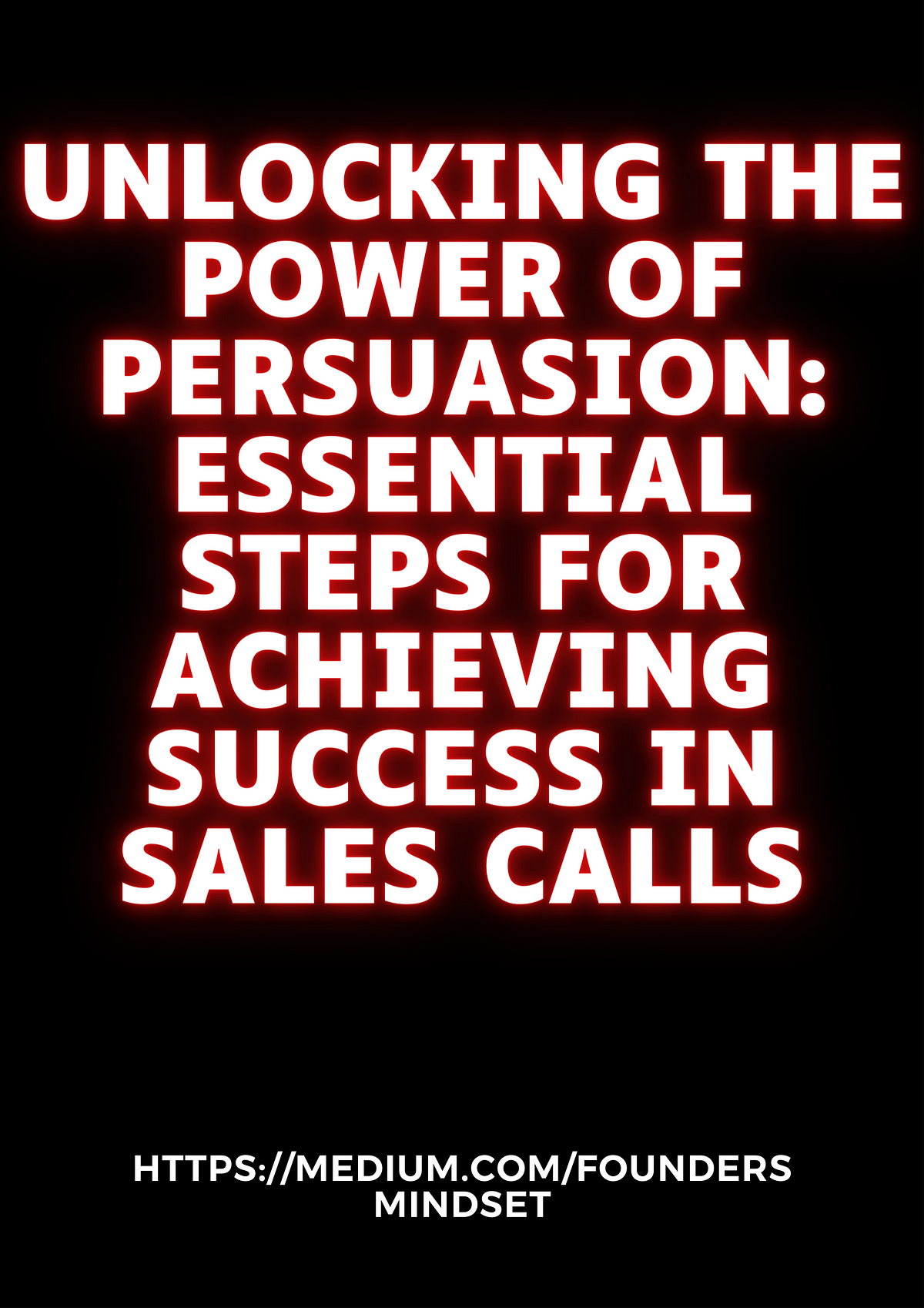Unlocking the Power of Persuasion: A Guide to Selling Your Product or Service

You’ve poured your heart and soul into crafting a product or service that you believe in. Now, the challenge lies in sharing that passion with the world and convincing potential customers that your offering is the solution they’ve been searching for. This is where the art of communication comes in, and mastering the ability to articulate the unique features and benefits of your product or service is crucial for success.
As an architect and interior design expert, I’ve spent years understanding how to communicate complex ideas in a way that resonates with people. I’ve seen firsthand how powerful it can be to connect with customers on an emotional level, highlighting the tangible benefits that your product or service offers.

The Key: Focus on the "Why"
While showcasing the features of your product is important, the real magic happens when you connect those features to the "why" – the benefits your customers will experience. Think of it like this:
- Features: The "what" of your product. It’s the tangible, physical aspects.
- Benefits: The "why" of your product. It’s the emotional and practical advantages your customers will gain.


Example:
Feature: A high-quality, durable, and stylish sofa.
Benefit: A comfortable and inviting space to relax and entertain guests, creating a warm and welcoming atmosphere in your home.
Identifying Your Ideal Customer:

Before we delve deeper into crafting your message, it’s essential to define your ideal customer. Who are you trying to reach? What are their needs, wants, and pain points?
Here are some questions to consider:

- Demographics: Age, gender, location, income level, education, occupation.
- Psychographics: Values, interests, hobbies, lifestyle, personality traits.
- Needs and Wants: What problems are they trying to solve? What aspirations do they have?
- Pain Points: What challenges are they facing? What frustrations are they experiencing?



Once you have a clear picture of your ideal customer, you can tailor your message to resonate with their specific needs and desires.
The 5 Pillars of Persuasive Communication:
Now, let’s explore the five pillars of persuasive communication that will help you craft a compelling message that resonates with your ideal customer:


Empathy and Understanding: Put yourself in your customer’s shoes. What are their challenges? What are their aspirations? By understanding their perspective, you can tailor your message to address their specific needs and desires.

Clarity and Simplicity: Use clear and concise language that everyone can understand. Avoid jargon or technical terms that might confuse your audience. Focus on delivering your message in a way that is easy to grasp and remember.
-
Highlight the Benefits: Don’t just list features; focus on the benefits that those features provide. How will your product or service make their life easier, more enjoyable, or more successful?
-
Emotional Connection: Connect with your customers on an emotional level. Appeal to their desires, fears, and aspirations. Use stories, testimonials, and visuals to create a connection that resonates with their emotions.
-
Call to Action: Don’t leave your customers hanging. Tell them what you want them to do next. Whether it’s visiting your website, signing up for a newsletter, or making a purchase, make it clear what the next step should be.
Examples of Feature-Benefit Statements:
Product: A high-end, eco-friendly coffee machine.
Feature: "Our coffee machine is made with sustainable materials and uses energy-efficient technology."
Benefit: "Enjoy delicious coffee while reducing your environmental impact and saving money on your energy bills."
Product: A mobile app that helps users manage their finances.
Feature: "Our app provides real-time insights into your spending habits and allows you to set personalized budgets."
Benefit: "Take control of your finances, achieve your financial goals, and reduce stress by making informed decisions about your money."
Product: A fitness tracker that monitors your activity levels and sleep patterns.
Feature: "Our fitness tracker tracks your steps, calories burned, sleep duration, and heart rate."
Benefit: "Stay motivated to reach your fitness goals, improve your sleep quality, and gain valuable insights into your overall health and well-being."
Product: A personalized interior design service.
Feature: "We offer a comprehensive design service that includes space planning, furniture selection, color consultation, and material sourcing."
Benefit: "Create a beautiful and functional home that reflects your unique style and meets your specific needs, while saving time and effort on the design process."
Crafting Your Message:
Now that you understand the key elements of persuasive communication, it’s time to craft your message. Here are some tips to help you create a compelling narrative:
- Tell a Story: Stories are powerful tools for connecting with people. Share a story about how your product or service helped a customer overcome a challenge or achieve a goal.
- Use Testimonials: Social proof is a powerful form of persuasion. Share testimonials from satisfied customers who have experienced the benefits of your product or service firsthand.
- Show, Don’t Tell: Use visuals to illustrate the benefits of your product or service. Show how it can be used in real-life situations and how it can enhance your customer’s life.
- Use Strong Call to Action: Don’t be afraid to ask for the sale. Make it clear what you want your customers to do next and provide them with an easy way to take action.
Remember: The key to effective communication is to understand your audience and connect with them on an emotional level. By highlighting the benefits of your product or service and using persuasive techniques, you can build trust and encourage your customers to take action.
